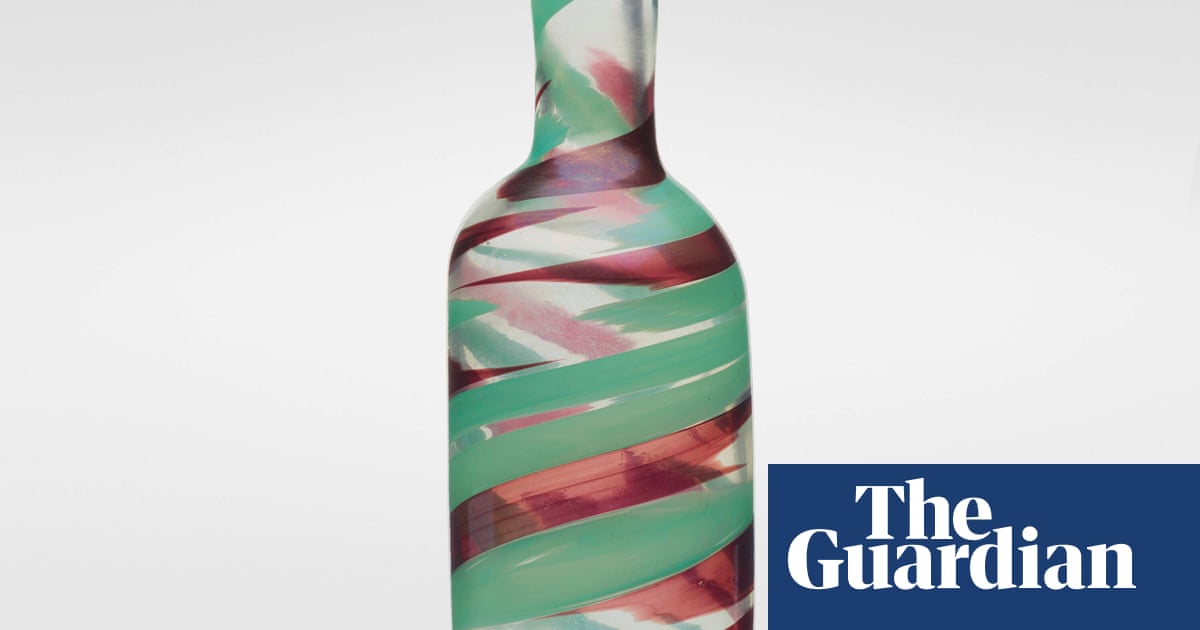A woman who bought a glass vase for $3.99 at a local Goodwill charity shop has seen the piece auctioned off for more than $100,000 after it turned out to be a rare and valuable piece of Italian glassware.
Jessica Vincent had bought the item at a Goodwill thrift store in Hanover county, Virginia, and had an inkling that it might have been worth a little more than was usual, she told the New York Times.
“I had a sense that it might be a $1,000 or $2,000 piece, but I had no clue how good it actually was until I did a little bit more research,” she told the paper after noticing a small ‘M’ on its bottom which she suspected might stand for Murano, an Italian island near Venice famed for glasswork.



Serious question: how is this pricing model different from speculative value as it applies to real estate or stocks?
I mean, the price of anything luxury is just stupid, and you should be aware you are always getting scammed (which is why they want to sell you “luxury” apartments or whatever. It’s the same as a normal apartment, but costs twice as much).
As for, in this case, it’s just happenstance. I don’t think she finds designer art at goodwill as her job. Also, I don’t care if there’s speculation on art pieces, as long as we start closing tax break loopholes connected to art pieces.
The speculation on homes is a much more egregious problem, as nobody needs an Italian designer vase, but everyone needs a home.
Because someone actually paid the $100,000+, it’s no longer speculation when someone has already given the money for it. “it sold for X” is very different from “it could sell for X, to the right buyer”
Potentially, the labor and skill involved in the production. While speculation does play a part, so does the rarity, difficulty of production, & skill needed in the creation of the art. You may argue whether that justifies the price, but at least there is labor and material evidence, while stocks and property don’t necessarily need any real evidence of value to be valued, especially in our current economic climate.